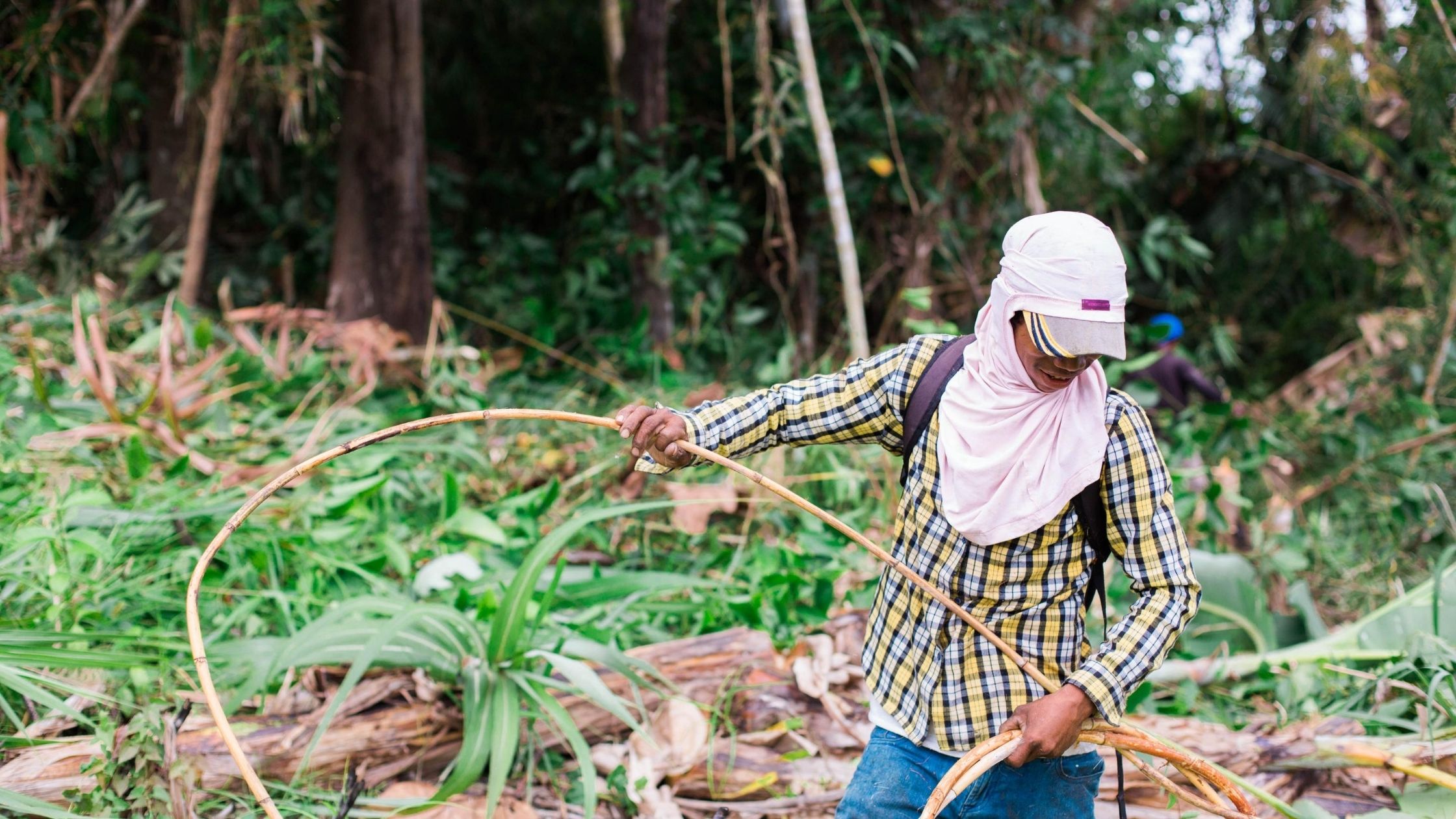
Regaining Traditions in a Time of Trials
We are so grateful for – and honored by – the partnerships we maintain with indigenous peoples around the world and the opportunity to work alongside of them. Read the beautiful story below of how the Agay tribe of the Philippines is returning to a disappearing art and how it has been helping them to overcome the challenges that COVID-19 has brought their people.
The Agay people, currently known best as rice, banana, and corn farmers, as well as day labors, once fully practiced a form of art that was passed down to each generation. It was the pride of their culture as well as one of the tribe’s oldest indigenous skills. To the Agay tribe, weaving baskets, bags, cradles, chairs, mats, and more out of rattan, a type of climbing palm, is more than just a livelihood or technical skill, it is a form of art.
Unfortunately, this skill has slowly been fading away among their younger generations. Typically, elders in the tribe would pass down their expert skills to the younger members. With the shift to farming and getting jobs as paid labors, the younger generations did not place as much importance on learning the high-level of skill needed to create the products that expert weavers in their community could produce. Rattan weaving is also time consuming, taking weeks to finish a single product depending on the level of intricacy of the weaving. This, along with both elders putting less priority on teaching weaving skills to the younger generations, and younger people focusing on other forms of income, has caused this form of art that they were known for to fade away amongst the Agay tribe. Now, only a few Agay adults know how to weave.
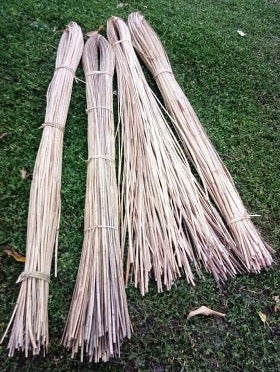
In February of this year, a training was held for the Agay people as part of a community development initiative. This training was offered for all Agay people who were interested in learning more about rattan weaving. An individual from the barangay, the smallest type of administrative division in the Philippines, was invited to come to demonstrate and teach the attendees how to prepare the materials properly for the weaving to last longer. The tribal councils were also required to attend and lead the group in learning the skills required for this particular type of weaving. As an added bonus, the trainings even helped to improve the participants camaraderie while they were weaving together. Just after the multiple training sessions finished, some attendees were already weaving and gathering materials on their own, excited to be rediscovering the traditions of their culture.
At this time, there was no way to see how impactful this training would truly be. As this year has progressed and COVID-19 has spread all over the world, the Agay people find themselves with time for rattan weaving – something they didn’t have time for before health restrictions were put in place. During the early stages of these health restrictions, with their community in a lock-down, some Agay people decided to invest their time and effort into weaving products that they could hopefully sell to make an income during the shutdown in the Philippines.
“It is good to have something to do this lockdown, when I finished the product, I will have something to sell and exchange it with rice so that there is food for my family.” (Translated)
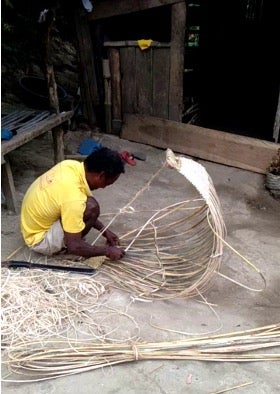
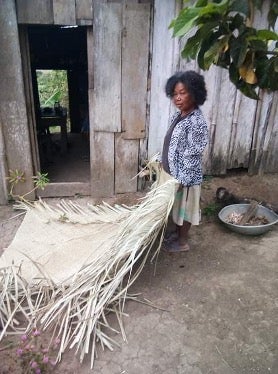
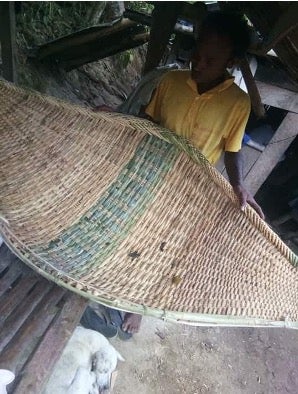
“It is really wonderful to see them do their almost forgotten practice again. Although it is not as excellent like years ago, maybe someday, when they keep on practicing it, they will be able to awaken the weaver spirit within themselves and discover a unique and creative method of weaving like what their ancestors did.”
With COVID-19 keeping their community under lock-down, many Agay reported finding comfort in practicing their rattan weaving. They feel that it is not only something to do during this challenging season of no work, it is giving them hope that they can use their tribe’s traditional skills to make an alternative income in the future.
Learn more about World Hope’s protection work here.
To support the work that World Hope is doing around the world to empower, protect, and build resiliency among vulnerable communities, you can make a gift to The Hope Fund today.
